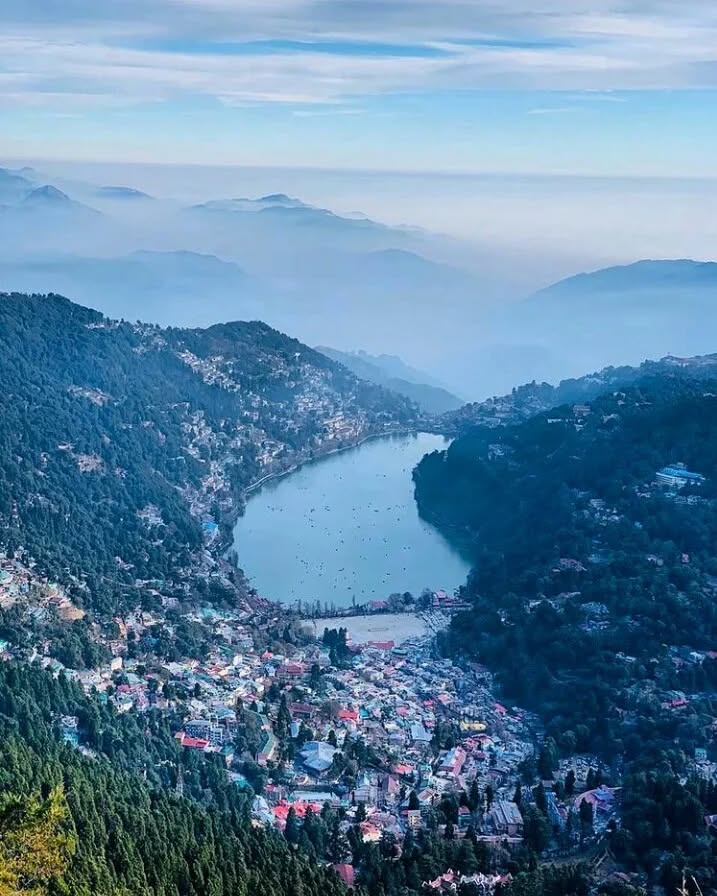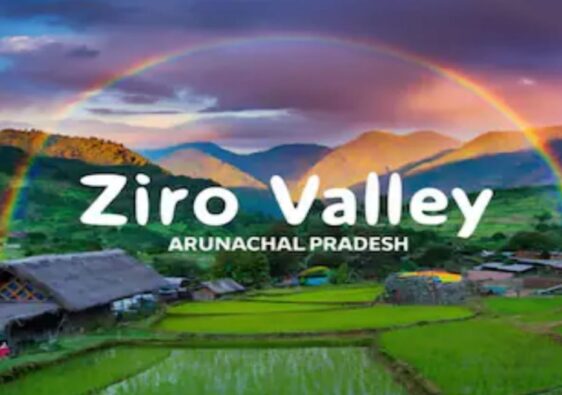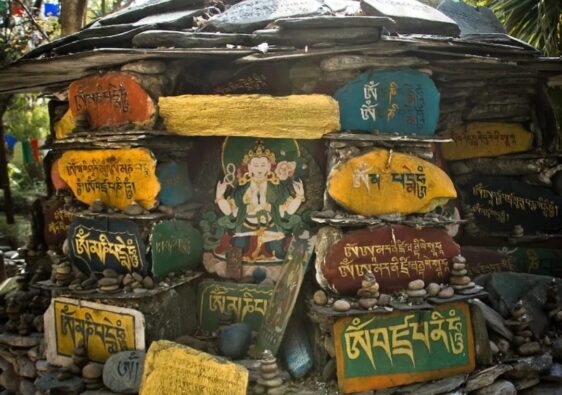Exploring the Serenity of Sikkim the lap of the Eastern Himalayas, Sikkim is one of India’s most beautiful and peaceful states. With its snow-capped mountains, lush green valleys, colorful monasteries, and warm-hearted people, Sikkim is a dream destination for nature lovers, adventure seekers, and spiritual travelers. My trip to Sikkim was nothing short of magical, and in this blog, I want to share the highlights of this unforgettable journey.
Reaching Sikkim: The Journey Begins
Sikkim is well-connected by road and air. I flew into Bagdogra Airport in West Bengal and took a shared cab to Gangtok, the capital city of Sikkim. The drive took around 4-5 hours and offered scenic views of the Teesta River and winding mountain roads. As I climbed higher into the hills, the air grew cooler and fresher — a welcome change from the city heat.
Gangtok: A Perfect Blend of Tradition and Modernity
Gangtok is a charming city that beautifully blends modern infrastructure with traditional culture. The streets are clean, the people are friendly, and the vibe is peaceful. I stayed at a cozy homestay near MG Marg, the heart of the city. MG Marg is a no-vehicle zone filled with cafes, shops, and restaurants. It’s the perfect place for evening strolls and people-watching.
During my stay in Gangtok, I visited the following places:

1. Tsomgo Lake: A glacial lake located around 40 km from Gangtok. Surrounded by snow-covered mountains, the lake is a sight to behold. I also got a chance to ride a yak — a fun and unique experience!
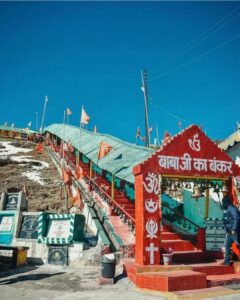
2.Baba Mandir: A shrine dedicated to Baba Harbhajan Singh, an Indian army soldier believed to have spiritual powers. The drive up was scenic and slightly chilly, so don’t forget your warm clothes.

3.Rumtek Monastery: One of the most important monasteries in Sikkim. It’s peaceful, colorful, and offers a deep insight into Tibetan Buddhism.
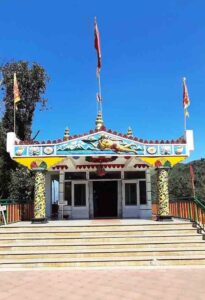
4.Hanuman Tok & Ganesh Tok: Two hilltop temples that provide panoramic views of the city and the Himalayas.
Nathula Pass: Touching the Indo-China Border
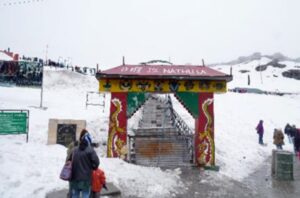
One of the most exciting parts of my trip was visiting Nathula Pass, located at an altitude of 14,140 feet. This high mountain pass is part of the old Silk Route and connects India to China. The journey was adventurous, with narrow roads and snow all around. At the border, Indian soldiers were happy to chat and take photos with visitors. It was a proud moment to see the Indian flag flying high in such a remote and extreme location.
Yumthang Valley: The Valley of Flowers
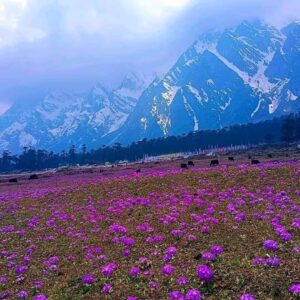
After exploring Gangtok and nearby areas, I headed north to Yumthang Valley, often called the “Valley of Flowers.” The drive from Gangtok to Lachung (the base village) took about 6-7 hours, but the scenic beauty made it worth every minute.
Yumthang is a paradise of alpine flowers, rivers, and meadows surrounded by snow-covered peaks. I visited in April when the rhododendrons were in full bloom — the entire valley was painted in vibrant shades of pink, red, and purple. On the way, I also got to see Zero Point, where the road ends, and snow begins.
Pelling: Home to the Kanchenjunga Views
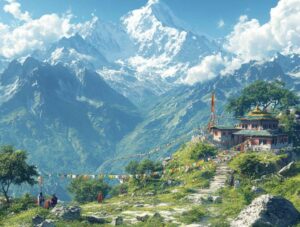
From North Sikkim, I traveled to Pelling, a small town known for its stunning views of Mount Kanchenjunga, the third-highest mountain in the world. I woke up early to catch the sunrise, and the golden light reflecting off the snowy peaks was a memory I will never forget.
In Pelling, I visited:
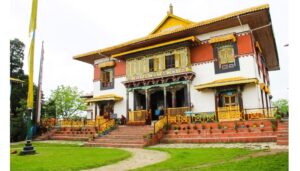
1.Pemayangtse Monastery: One of the oldest monasteries in Sikkim, offering a peaceful and spiritual atmosphere.
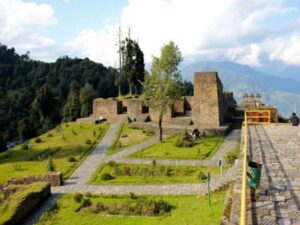
2.Rabdentse Ruins: The ancient capital of the Kingdom of Sikkim, now a beautiful historical site surrounded by greenery.
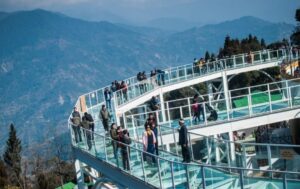
3.Sky Walk and Chenrezig Statue: A glass skywalk with a giant statue of Lord Chenrezig (Avalokiteshvara) that offers panoramic views and a spiritual experience.
Travel Tips for Sikkim
- Best Time to Visit: March to June and September to November are ideal. Winters are cold, especially in North Sikkim.
- Permits: Some places like Nathula Pass, Tsomgo Lake, and North Sikkim require permits. Carry ID proof and passport-sized photos.
- Clothing: Pack layers, including thermals, jackets, gloves, and caps. Weather can change quickly.
- Connectivity: Internet and mobile networks can be patchy in remote areas.
- Respect Local Culture: Sikkimese people are warm and welcoming. Respect local customs, especially when visiting monasteries.

